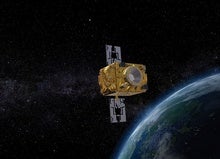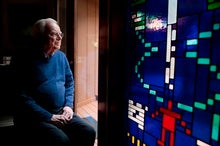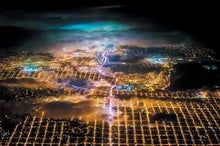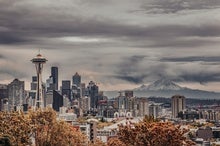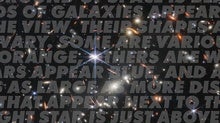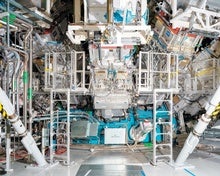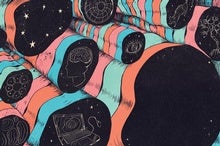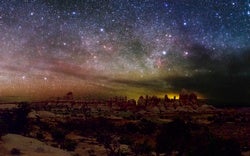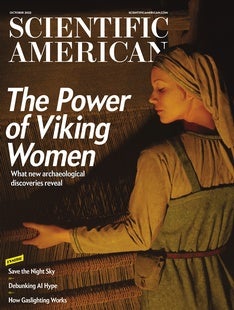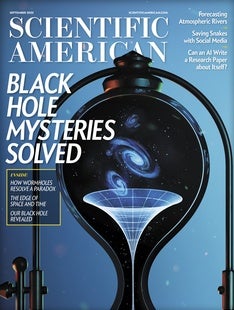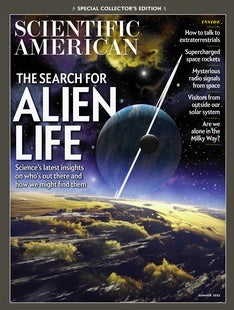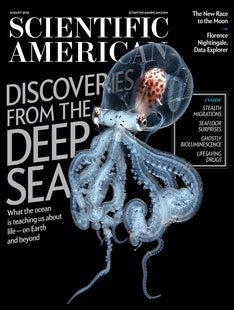 |
| September 15, 2022 |
Dear Reader,
This week, we’re thinking about breaking the universe—or, at least, cosmologists’ best understandings of it. Our lead story discusses the James Webb Space Telescope’s exciting observations of far-distant galaxies in the early cosmos, which are shocking experts. Simply put, the galaxies Webb is finding scarcely a few hundred million years after the Big Bang seem to be too big and bright to be easily explained by standard consensus models. But huge uncertainties remain—further study could show these anomalous galaxies to be merely rather than revolutionary discoveries. Elsewhere, we have articles on the devastating ecological impacts of light pollution, another high-precision validation of Einstein’s general relativity, the courageous legacy of SETI pioneer Frank Drake, and more. Enjoy! |
| |
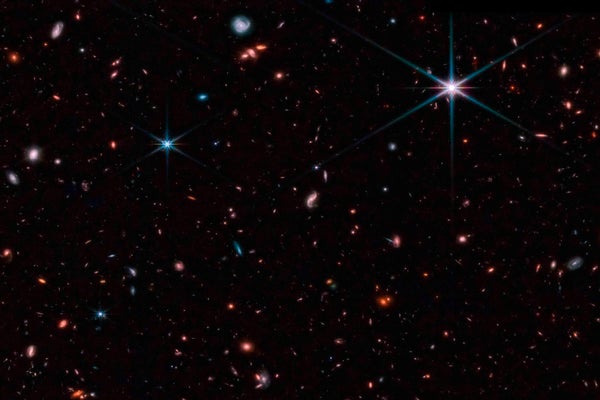 |
| |
| |
| |
| |
| |
| |
| |
| |
| |
| |
FROM THE ARCHIVE
 | | | |
LATEST ISSUES
 |
| |
| Questions? Comments?  | |
| Download the Scientific American App |
| |
| |



